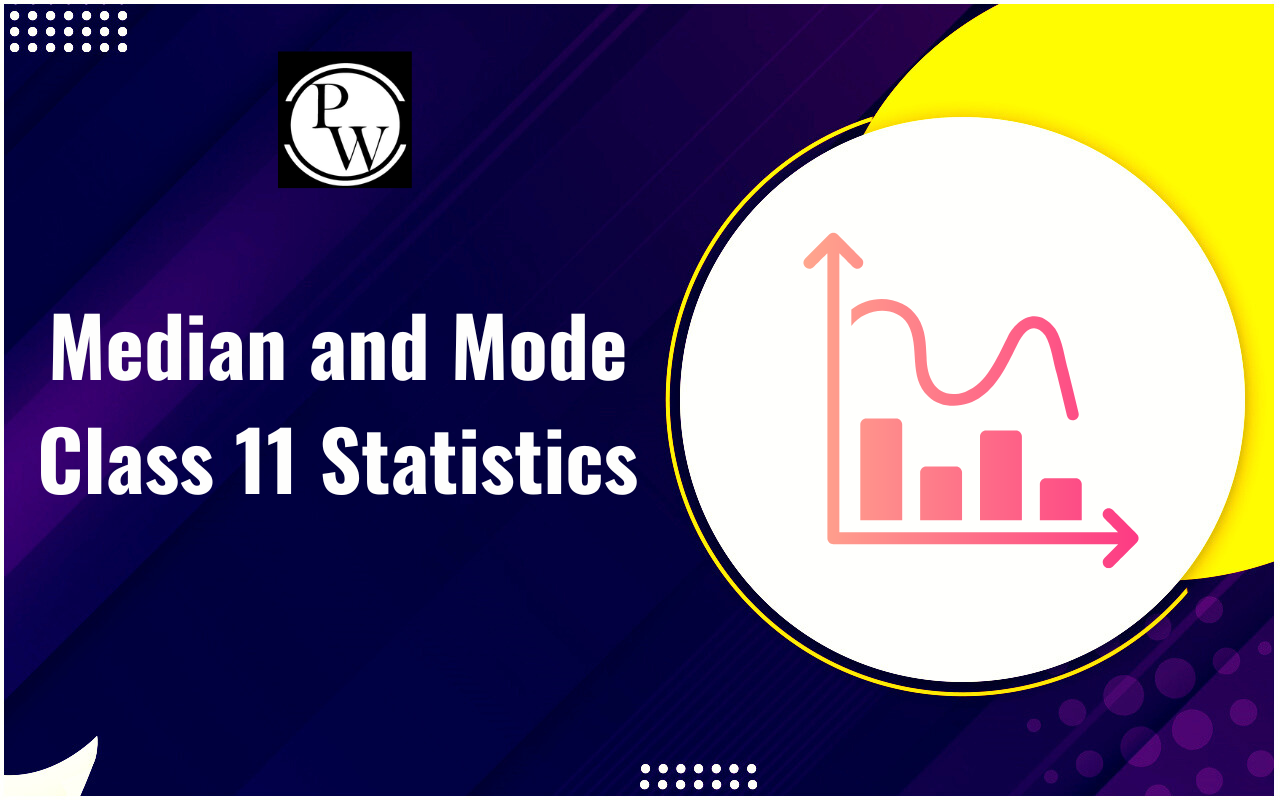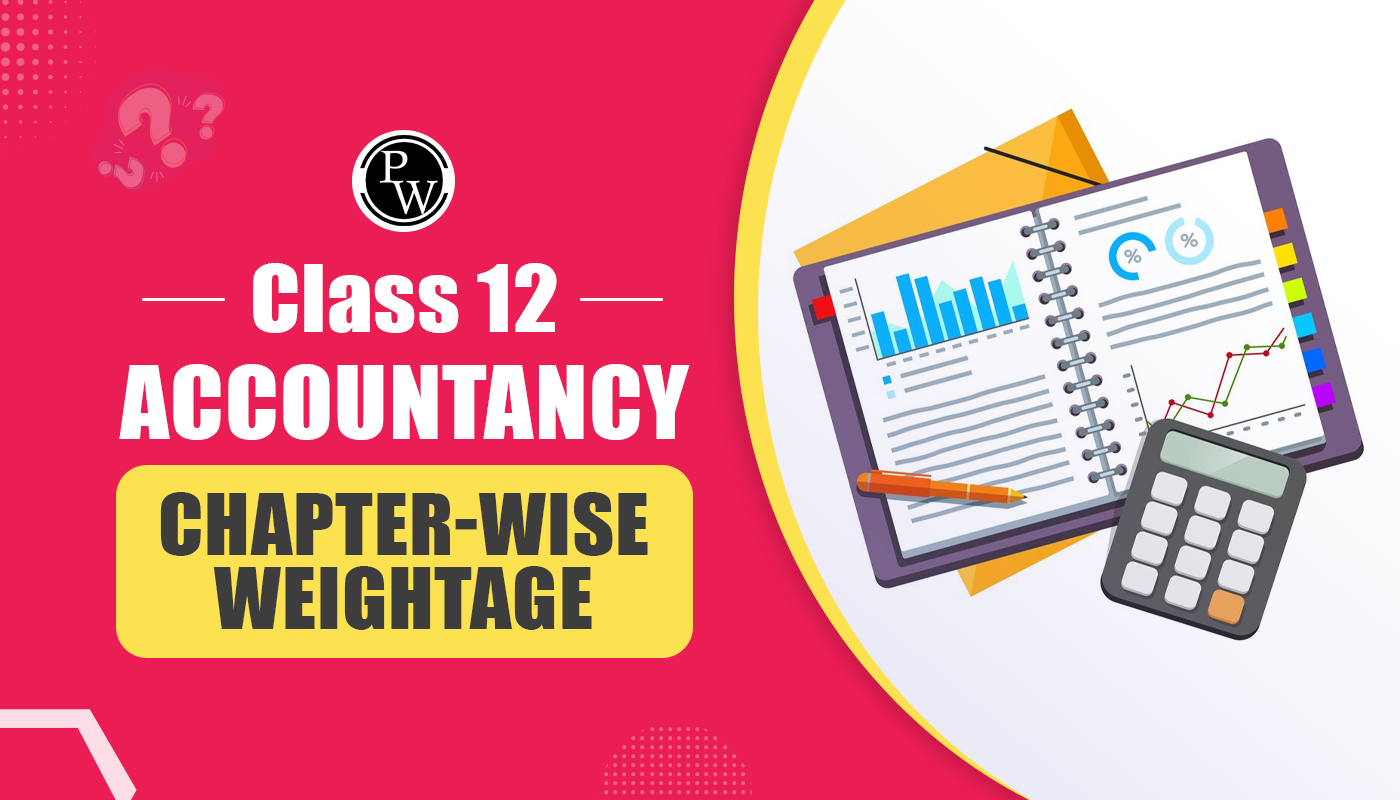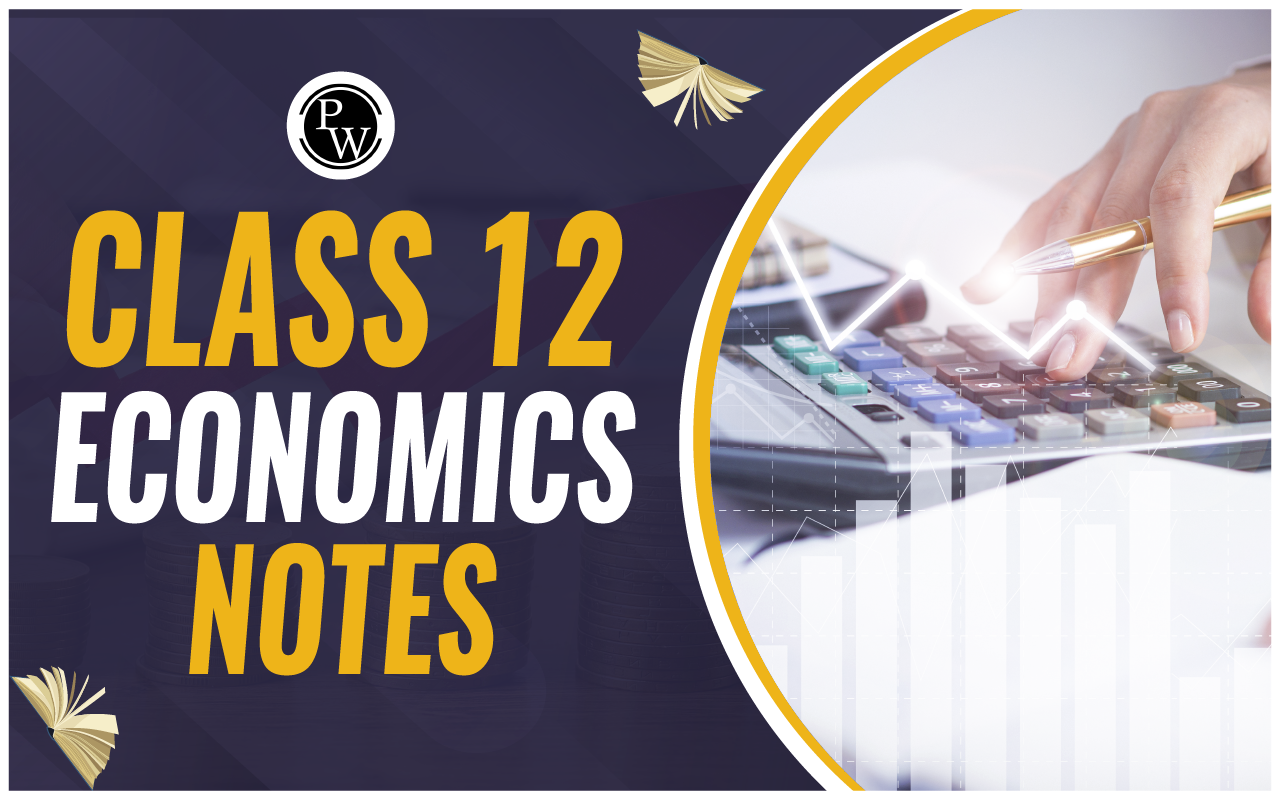
In financial trading, markets are generally divided into two categories, the cash market and the futures market. Both markets play a crucial role in providing liquidity and price discovery, but they operate under different mechanisms and serve distinct purposes. Understanding the differences between Cash Market and Futures Market is essential for traders, investors, and anyone interested in the dynamics of financial markets. Let’s understand what Cash Market and Futures Market entails and how they differ from each other.
What is the Cash Market?
In the difference between Cash Market and Futures Market, the cash market, also known as the spot market, is where financial instruments like stocks, commodities, and currencies are bought and sold for immediate delivery and payment. In this market, transactions are settled "on the spot," meaning the exchange of goods or assets happens instantly or within a very short time frame, typically two business days. The cash market operates under the principle of real-time transactions, with prices determined by the current supply and demand dynamics. For example, in the stock market, if an investor buys shares of a company, the ownership of those shares is transferred immediately, and the payment is processed right away. Key characteristics of the cash market:- Immediate Settlement : Transactions are settled quickly, usually within a day or two.
- Real-Time Prices : Prices reflect the current market conditions and the immediate supply-demand relationship.
- Direct Ownership : When buying assets like stocks, bonds, or commodities, the buyer becomes the immediate owner of the asset.
What is the Futures Market?
In the difference between Cash Market and Futures Market, the futures market is a marketplace where participants buy and sell contracts that obligate them to buy or sell an underlying asset at a predetermined price at a specific date in the future. Unlike the cash market, where the transaction is completed immediately, futures contracts are settled at a later date, which could range from days to years in the future. Futures contracts can be based on various assets, including commodities like oil, agricultural products, and metals, or financial instruments such as indices, currencies, and government bonds. Traders in the futures market may not always intend to take delivery of the actual asset; instead, they often aim to profit from price fluctuations between the time of the contract agreement and its expiration. Key characteristics of the futures market:- Contract-Based : Transactions involve buying or selling contracts, not the underlying asset itself.
- Speculation and Hedging : Traders use futures for speculation, betting on the future price movement, or for hedging to protect against price fluctuations.
- Standardized Contracts : Futures contracts are standardized, meaning the terms are predetermined by the exchange, including the quantity of the asset and the settlement date.
- Delayed Settlement : Transactions in the futures market are not settled immediately; they take place at a future date.
Differences Between the Cash Market and Futures Market
Below we've mentioned the key difference between Cash Market and Futures Market for the better understanding of Cash Market and Futures Market:| Key Difference Between Cash Market and Futures Market | ||
| Aspect | Cash Market | Futures Market |
| Nature of Trading | Involves direct purchase and sale of assets. | Involves trading standardized contracts. |
| Ownership | Immediate ownership of the asset. | No ownership until the contract is settled. |
| Settlement | Instant or within a short period (T+2 days). | Settlement occurs on a specified future date. |
| Leverage | Typically requires full payment upfront. | Allows trading with leverage (margin trading). |
| Risk | Limited to the price movement of the asset. | Higher risk due to leverage and volatility. |
| Purpose | Suitable for investment and immediate requirements. | Ideal for speculation and hedging. |
| Price Determination | Based on current market supply and demand. | Based on future price expectations and speculation. |
| Flexibility | Less flexible; ownership ties investor to the asset. | Highly flexible; contracts can be traded multiple times before expiration. |
| Participants | Primarily investors and long-term traders. | Speculators, hedgers, and arbitrageurs. |
| Contract Terms | Not applicable; deals are customized. | Standardized terms (e.g., quantity, expiry). |
| Market Risk | Lower as no leverage is involved. | Higher due to leveraged positions. |
Advantages of the Cash Market
Below we've mentioned some advantages of the Cash Market for the better understanding of Cash Market and Futures Market:Simplicity
Transactions in the cash market are easy to understand, making them suitable for all levels of investors, including beginners. When you buy a stock, bond, or commodity in the cash market, the process is straightforward: you pay the full amount, and ownership of the asset is transferred to you. Example : If you buy 50 shares of a company, the transaction is completed, and the shares are added to your portfolio without any additional complexities like expiration dates or margin requirements.Immediate Delivery
In the cash market, buyers and sellers trade the actual underlying assets, which are delivered almost immediately. This is advantageous for investors who require prompt access to the asset, such as receiving dividends from shares or physically possessing a commodity. Example : An investor purchasing gold in the cash market receives it in physical form right away or within a short settlement period, ensuring immediate utility or resale options.Disadvantages of the Cash Market
Below we've mentioned disadvantages of the Cash Market for the better understanding of Cash Market and Futures Market:Limited Leverage
In the cash market, transactions require full payment upfront, which can limit the investor’s ability to make larger investments. Unlike the futures market, where only a fraction of the total position value is needed, the cash market doesn’t allow traders to amplify their buying power with smaller capital. Example : If you have ₹1,00,000 to invest, you can only purchase assets worth ₹1,00,000 in the cash market. In the futures market, this amount could control a much larger position due to margin trading.Less Flexibility
Once an asset is purchased in the cash market, the investor holds direct ownership. This ties the investor to the asset, and any exit from the position requires selling the asset back into the market. Additionally, the market may not always be liquid enough for quick exits. Example : An investor holding shares of a company may face delays or price fluctuations when attempting to sell during periods of low trading activity.Advantages of the Futures Market
Below we've mentioned some advantages of the Futures Market for the better understanding of Cash Market and Futures Market:Leverage
Futures trading allows participants to control a large position with only a small margin deposit, significantly increasing the potential returns on investment. Leverage amplifies the trader’s buying power, enabling them to take advantage of market movements without committing the full value of the contract upfront. Example : With ₹50,000 in margin, a trader can control a futures contract worth ₹5,00,000. A 5% increase in the underlying asset’s price would yield a ₹25,000 profit, far exceeding the return on a ₹50,000 cash market investment.Hedging and Speculation
The futures market is versatile, catering to both hedgers and speculators. Hedgers use futures to manage risk by locking in future prices, while speculators trade on price movements to make profits. This dual purpose makes the futures market an essential tool for managing financial risks and taking advantage of market volatility. Example for Hedging : A farmer sells wheat futures contracts to lock in a price and protect against a potential drop in market rates at harvest time. Example for Speculation : A trader anticipates an increase in crude oil prices and buys crude oil futures to profit from the price surge.Disadvantages of the Futures Market
Below we've mentioned some disadvantages of the futures market for the better understanding of Cash Market and Futures Market:Higher Risk
While leverage enhances potential returns, it also magnifies losses. In volatile markets, traders can lose more than their initial investment if the market moves against their position. This increased risk makes futures trading unsuitable for inexperienced investors. Example : A trader with ₹10,000 in margin holds a futures position worth ₹1,00,000. If the market moves 5% against them, the loss is ₹5,000, representing 50% of their capital.Complexity
Futures contracts come with standardized terms, including quantity, expiration dates, and settlement methods. Traders must understand these nuances, along with margin requirements and market conditions, to make informed decisions. This level of complexity often deters casual investors or those new to trading. Example : A trader buying a commodity futures contract must account for contract expiry and may need to roll over the position to avoid physical delivery, adding to the transaction costs and management challenges. Both the Cash Market and Futures Market play vital roles in the global financial system, each offering unique opportunities for traders and investors. While the cash market is primarily for those seeking to own assets immediately and hold them for the long term, the futures market appeals to those looking to speculate on price movements or hedge against potential risks. By understanding the fundamental differences between Cash Market and Futures Market, individuals can make more informed decisions based on their trading strategies, risk tolerance, and investment goals. Whether you’re a seasoned trader or just starting out, knowing when and how to use each market can significantly impact your financial success. Join PW Commerce Online Course now and excel in your academic and professional pursuits!D<span style=
What is the main difference between the cash market and futures market?
The cash market involves immediate asset trading and ownership, while the futures market trades contracts for future asset delivery.
Which market is better for beginners: cash or futures?
The cash market is better for beginners due to its simplicity, while the futures market requires a deeper understanding of leverage and risk management.
How does leverage work in the futures market?
Leverage allows traders to control a large position with a small margin, amplifying both potential profits and losses in the futures market.
Can I hedge risks in the cash market?
Risk hedging is limited in the cash market. The futures market is designed for hedging price volatility in commodities, currencies, and other assets.
Are futures contracts mandatory to settle on the expiry date?
Not always. Many futures contracts can be squared off before expiry to avoid physical delivery, depending on the market rules and trader’s intent.
🔥 Trending Blogs
Talk to a counsellorHave doubts? Our support team will be happy to assist you!

Check out these Related Articles
Free Learning Resources
PW Books
Notes (Class 10-12)
PW Study Materials
Notes (Class 6-9)
Ncert Solutions
Govt Exams
Class 6th to 12th Online Courses
Govt Job Exams Courses
UPSC Coaching
Defence Exam Coaching
Gate Exam Coaching
Other Exams
Know about Physics Wallah
Physics Wallah is an Indian edtech platform that provides accessible & comprehensive learning experiences to students from Class 6th to postgraduate level. We also provide extensive NCERT solutions, sample paper, NEET, JEE Mains, BITSAT previous year papers & more such resources to students. Physics Wallah also caters to over 3.5 million registered students and over 78 lakh+ Youtube subscribers with 4.8 rating on its app.
We Stand Out because
We provide students with intensive courses with India’s qualified & experienced faculties & mentors. PW strives to make the learning experience comprehensive and accessible for students of all sections of society. We believe in empowering every single student who couldn't dream of a good career in engineering and medical field earlier.
Our Key Focus Areas
Physics Wallah's main focus is to make the learning experience as economical as possible for all students. With our affordable courses like Lakshya, Udaan and Arjuna and many others, we have been able to provide a platform for lakhs of aspirants. From providing Chemistry, Maths, Physics formula to giving e-books of eminent authors like RD Sharma, RS Aggarwal and Lakhmir Singh, PW focuses on every single student's need for preparation.
What Makes Us Different
Physics Wallah strives to develop a comprehensive pedagogical structure for students, where they get a state-of-the-art learning experience with study material and resources. Apart from catering students preparing for JEE Mains and NEET, PW also provides study material for each state board like Uttar Pradesh, Bihar, and others
Copyright © 2025 Physicswallah Limited All rights reserved.
Get App









